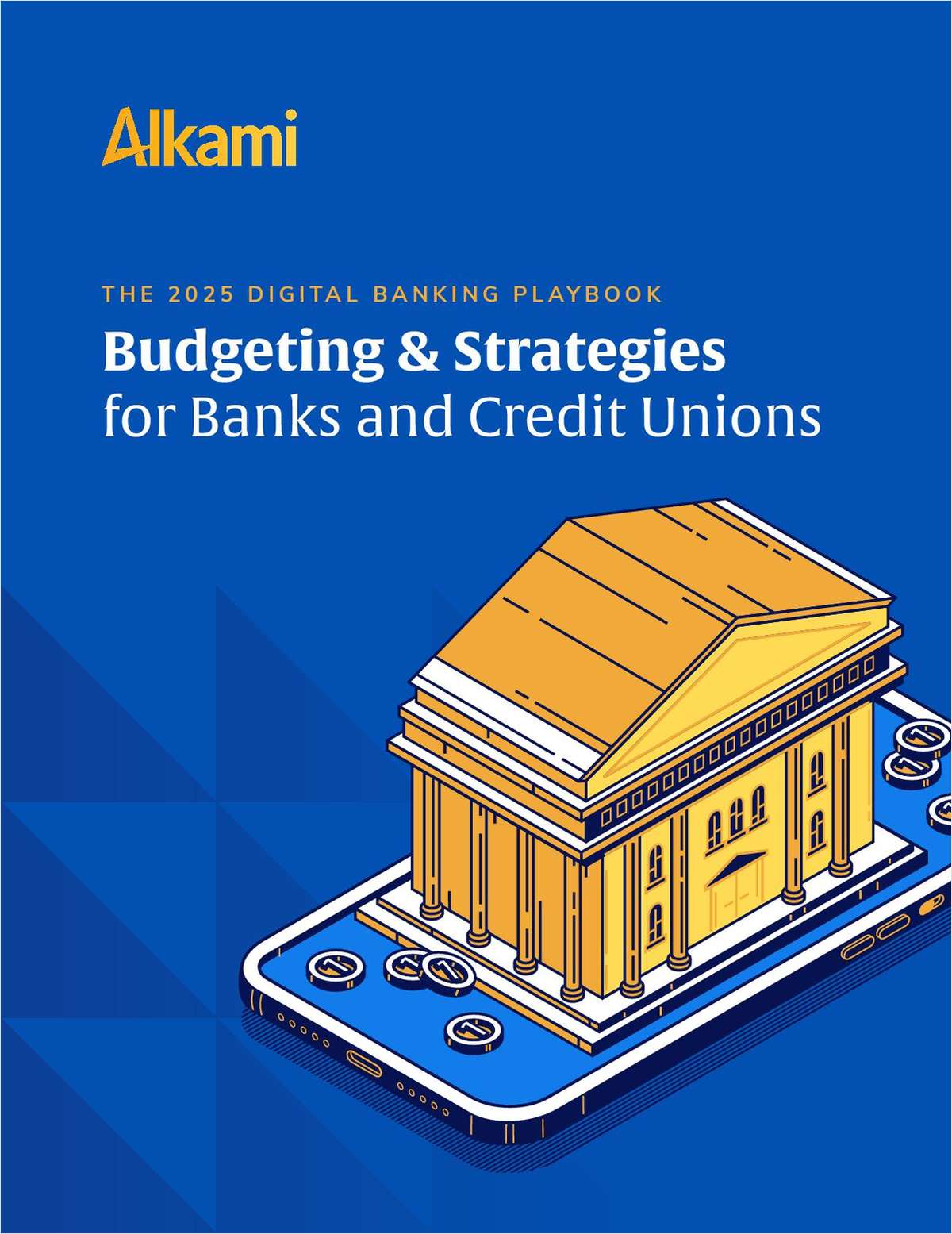
Credit unions are anxiously anticipating the NCUA board's monthly meeting Nov. 19, thanks to a field of membership proposal on the agenda.
Federal credit unions are demanding FOM regulatory relief, and state regulators' ability to draft less restrictive rules has spurred a new flight away from the federal charter, as Vice Chairman Rick Metsger pointed out back in March. At the time, credit unions were converting to state charters at a three-to-one rate compared to conversions from state to federal.
Stakeholders will soon find out which restrictions the NCUA will lift within its legal authority. But will it be enough to level the playing field?
The NCUA could significantly expand the geographic range of community and TIP charters. Credit unions are correct when they say the current well-defined local community population cap of 2.5 million is arbitrary and not required by the Federal Credit Union Act.
CUNA recommended in its comment letter the NCUA should allow federal credit unions to serve a combination of contiguous communities and single political jurisdictions that do not exceed a total population of 10 million or a land area of 20,000 square miles. NAFCU recommended the agency eliminate the cap altogether.
Tinkering with the definition and expanding the cap would only replace an arbitrary number with another arbitrary number. It's interesting CUNA used the greater Los Angeles area as an example in its comment letter. The letter describes Los Angeles County as its own community and San Bernardino County as another community, thanks to separate political jurisdictions.
I live in Riverside County, which, like San Bernardino County, is considered part of the greater Los Angeles metro area. When I travel and am asked where I live, I say LA. We share the same news channels, drive the same freeways and many of my neighbors commute into LA every day for work. We are part of the Los Angeles community, which has a total population of more than 18 million. A credit union should be able to serve that community, and a 10 million cap wouldn't accomplish that.
The NCUA could make the bold move of eliminating the cap, as well as raising or eliminating limits that define a rural district. However, doing so would draw the ire of the banking lobby and could result in lawsuits. (Then again, anything that is good for credit unions angers bankers and could result in lawsuits.)
I predict the NCUA will follow the more prudent route and propose larger caps.
The NCUA may be more liberal in its easing of geographic limitations on TIP charters. The shared trade, industry or profession required of members by the charter is the common bond, not physical location. Perhaps geography could be argued as part of the definition of a local community in court, but it's completely unnecessary for TIP charters.
Service facility requirements for SEG-based charters could also get an overhaul. The NCUA could update its definition of service facility to include technology like mobile deposit, but it still faces a reasonable proximity requirement in the FCUA that is presumed to be physical, not digital.
We all know technology has expanded the ability of financial institutions to serve consumers anywhere in the world, and non-bank competitors that don't have that compliance requirement are an increasingly competitive threat. Congress needs to address that if it expects federally insured depository institutions to survive.
Technology has even changed how Americans define their community. Most people spend more time interacting with fellow members of a shared common social bond on Facebook than they do talking to their next door neighbors. Congress needs to address this too.
Geographical limits aren't placed on all cooperatives; I can order a snowboard from REI online, pay my $20 membership fee and be done with it. Geography was an acceptable political compromise when members accessed their accounts in person, but times have changed. There's no reason a credit union that would serve the LGBT community should be restricted by geography.
I don't think the NCUA will make significant FOM merger changes. Allowing two credit unions with different charters to merge for strategic reasons would force the NCUA to redefine its charters. I don't think the agency is prepared to go that far.
Complete your profile to continue reading and get FREE access to CUTimes.com, part of your ALM digital membership.
Your access to unlimited CUTimes.com content isn’t changing.
Once you are an ALM digital member, you’ll receive:
- Breaking credit union news and analysis, on-site and via our newsletters and custom alerts
- Weekly Shared Accounts podcast featuring exclusive interviews with industry leaders
- Educational webcasts, white papers, and ebooks from industry thought leaders
- Critical coverage of the commercial real estate and financial advisory markets on our other ALM sites, GlobeSt.com and ThinkAdvisor.com
Already have an account? Sign In Now
© 2025 ALM Global, LLC, All Rights Reserved. Request academic re-use from www.copyright.com. All other uses, submit a request to [email protected]. For more information visit Asset & Logo Licensing.









